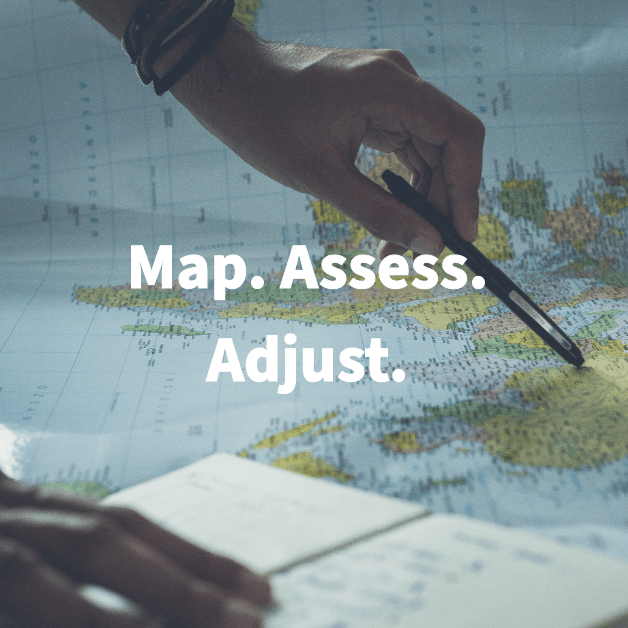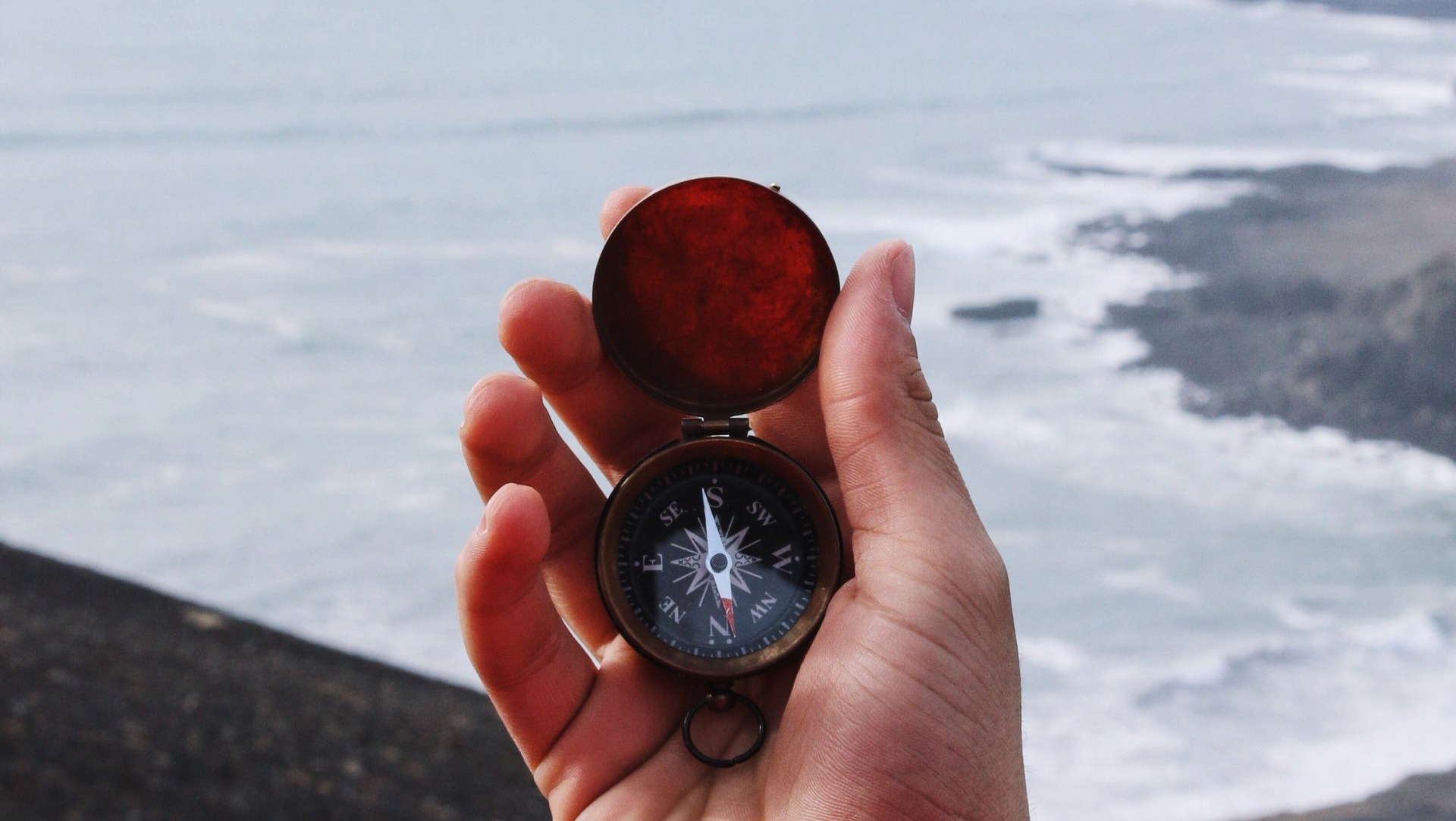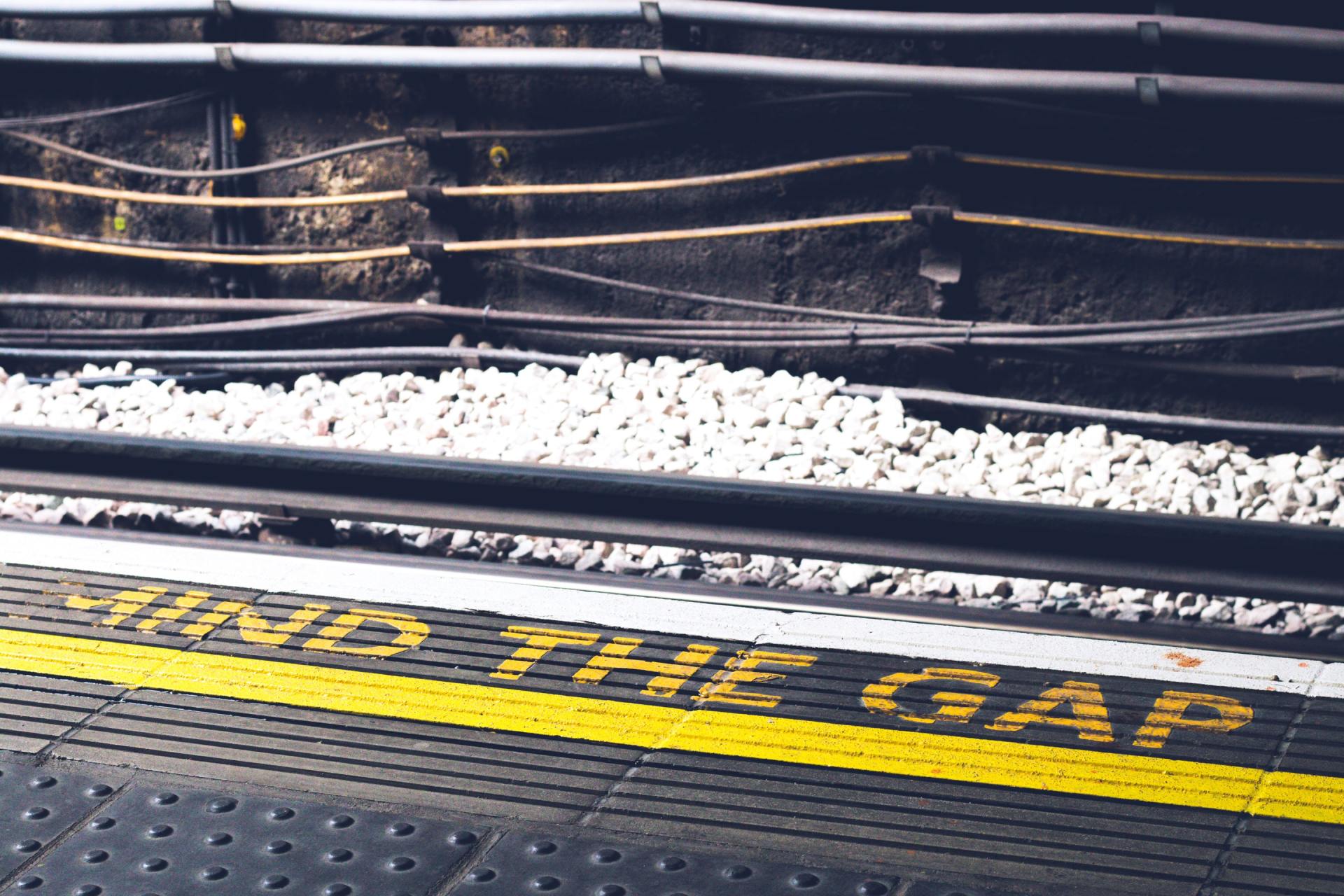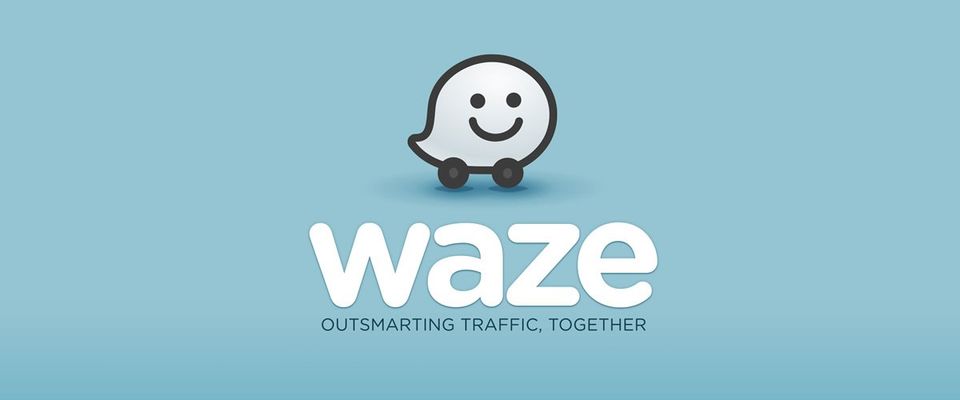The “Waze” of the Road
The idea of a navigation app on your Smartphone, in and of itself, is not new to the world of technology. What used to involve printing out MapQuest directions, unfolding a crinkly map, or asking a neighborhood kid for help has turned into the ease of downloading an app. Companies like Google, Apple, and oodles of others, have created their own “Maps” applications, with varying degrees of success. Apple Maps, for example, not withstanding its disastrous initial launch in 2012, replaced Google Maps as the default navigation app on iOS devices. Incorrect directions, faulty public transportation information, and a host of other bugs left many users scrambling for an alternative.
Behold, Waze, a self-described “free social traffic and navigation app” that unites the social with the practical. Founded in 2007 with the idea of creating a community of drivers, Waze began gaining users at an incredible rate in 2012, the same year as Apple Maps’ first release. The app reached 30 million users by the end of the year, three times the number in 2011 (according to KPCB), and that gave the app the jumpstart it needed.
So, how did this success occur seemingly overnight? Waze, like many other navigation apps, constantly gathers data, such as speed and location, by tracking its users, mainly to detect any traffic or unexpected slowdowns. What sets Waze apart, is the information that is actively contributed by users. Waze encourages users to share road reports, where they can record any hazards such as road conditions, accidents, or police sightings. The app is then able to notify other drivers, even suggesting a faster alternate route when possible. Users can then confirm or deny these conditions as they pass by, further strengthening the community, and helping other drivers down the road.
Waze also utilizes social media. There are options to connect with friends via Facebook, Twitter, or Foursquare, allowing users to see when and where their friends are driving, as well as send them messages or ETA announcements - much easier than pulling over to send that dreaded “I’m running late,” text.
Waze thrives off the idea of community, epitomizing the idea that “the whole is greater than the sum of its parts.” It’s the teamwork and dedication of users, creating a more efficient driving environment that is an integral, and invaluable part of the app’s success. Waze, however, has a price. $1.3 billion, which is the amount Google acquired the company for in 2013. Can we expect bigger and better things from this team going forward? For now, we’ll be thankful that Waze is still free on the app store.









